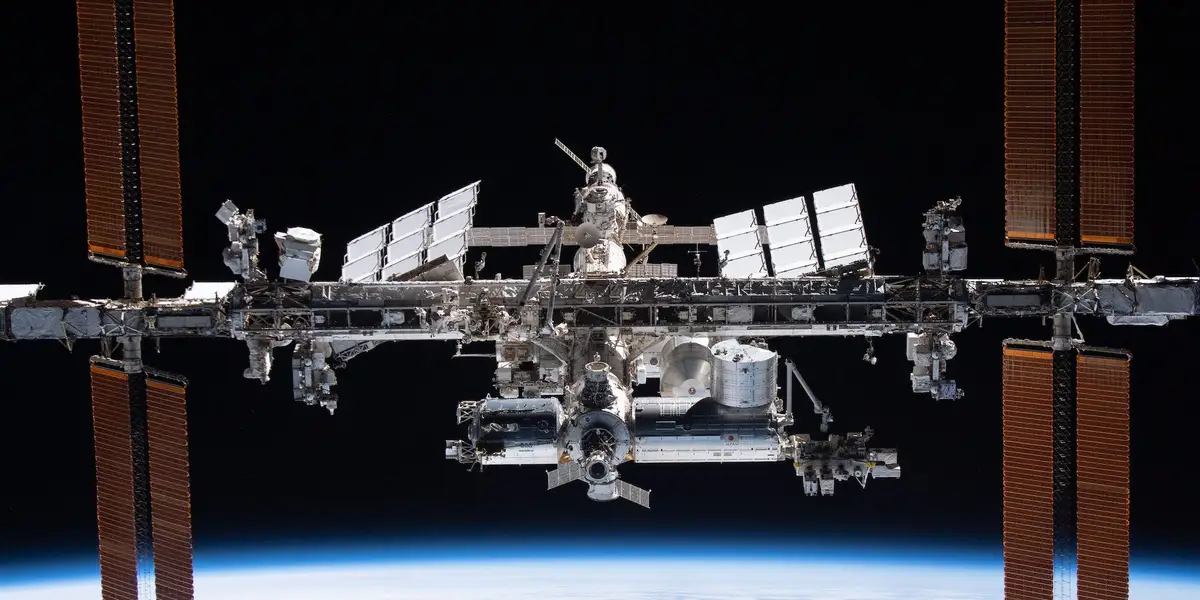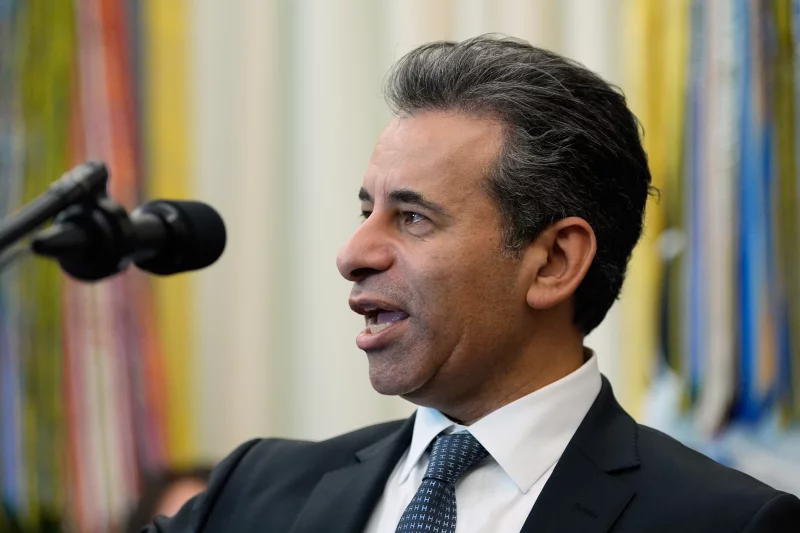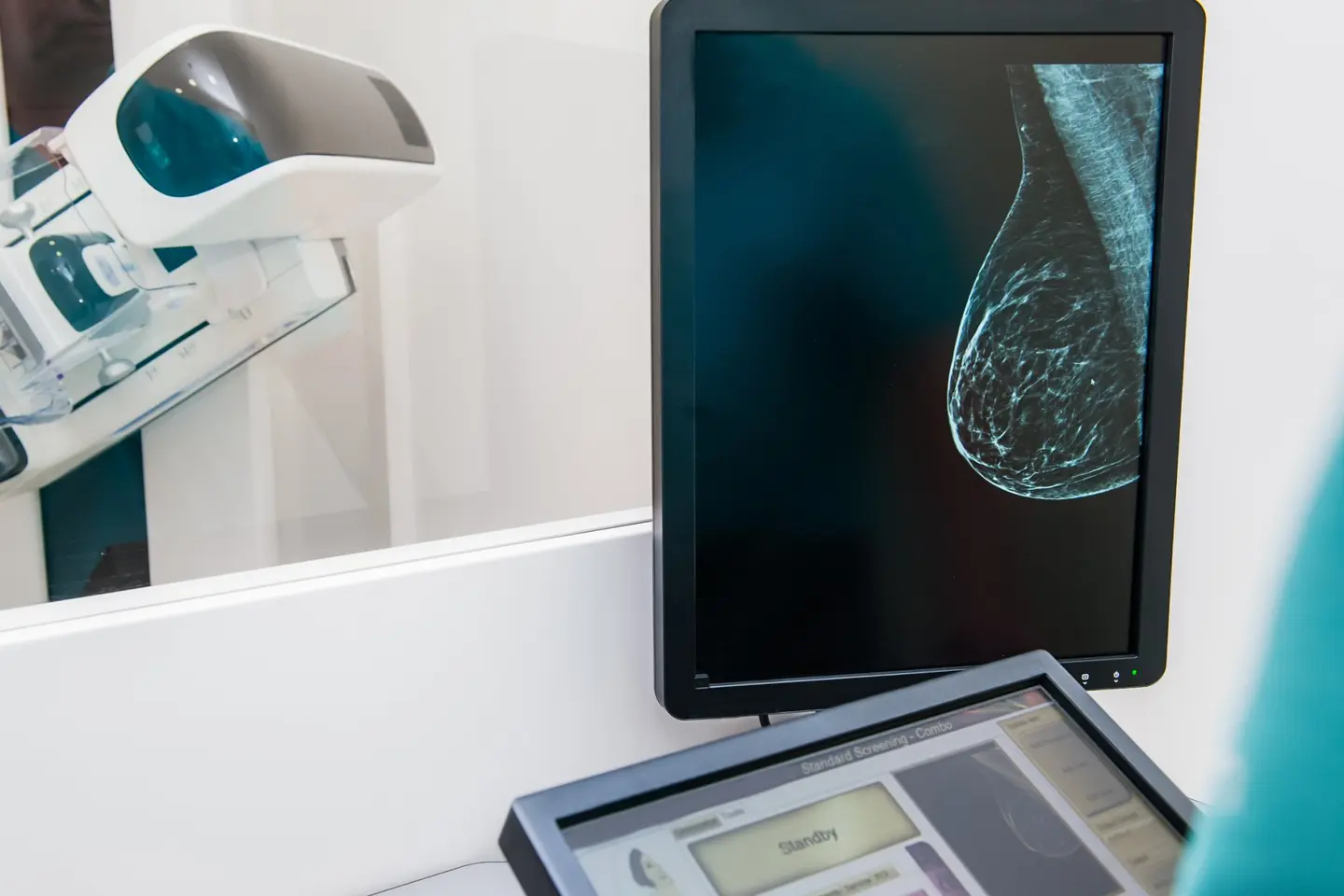Russia’s space agency is at a crossroads: balancing a longstanding legacy of reliable spaceflight with increasing technical and logistical pressures. The latest Progress cargo launch to the International Space Station (ISS) marks Russia’s 300th mission delivering supplies to the orbiting lab — a symbolic achievement. Yet beneath that milestone lies a more concerning reality involving engine shortages, sanctions, and supply chain vulnerabilities.
The 300th ISS Mission: A Milestone and a Reminder
With its most recent mission aboard a Progress spacecraft, Russia delivered food, experiments, clothing, water, air, and propellant to the ISS, reinforcing its role as a critical supplier. This mission is the 300th resupply launch Russia has carried out to the ISS since the station began operations with its international partners. That alone is a testament to decades of launch experience and infrastructure supporting both crewed and uncrewed missions.
However, this milestone also starkly highlights how much of Russia’s space sector remains dependent on aging hardware and legacy engine designs, some of which face increasing difficulty in sourcing critical components.
The Engine Predicament: Challenges Fueled by Sanctions and Supply Disruptions
Russia’s rocket engine woes stem from several interconnected issues:
- Material and parts shortages: International sanctions have constrained access to certain alloys, precision components, and manufacturing technologies. Many engines rely on materials that are no longer easily accessible due to trade restrictions.
- Dependency on outdated designs: Some of the engines still in regular use are designs from the Soviet era. While these have proven remarkably resilient and reliable over time, pushing them to remain competitive or safe under current constraints is becoming more difficult.
- Cost pressures and declining production capacity: Funding challenges and operational costs have squeezed state-run enterprises, making modernization harder. Speeding up certification, testing, and quality control for new engine types takes resources that are in shorter supply than before.
Transition to Newer Engines — A Mixed Picture
Russia has been working on newer engine projects and rocket designs, but several hurdles remain:
- New heavier-lift and medium-lift vehicles are in development, some expected to rely on modernized engine types that improve thrust, efficiency, and resilience. However, deployment timelines have been pushed back in many cases.
- Some of these newer engines will require domestic manufacturing of critical components, which has proven difficult under current sanctions and isolation from many international suppliers.
- The shift from classic designs to new ones also means learning curves, testing, and delays—any of which can disrupt launch schedules or safety margins.
Strategic & Diplomatic Implications
Russia’s struggles in the engine domain have implications both internally and internationally:
- Domestically, the Russian space establishment recognizes that falling behind in propulsion tech could erode its competitive edge. Rocket propulsion is a core capability for both civil and defense space operations.
- Diplomatically, these tech challenges may weaken Russia’s leverage in joint space initiatives and international projects that depend on reliable transport or launch services.
- For ISS operations, while Russia remains a major partner, its ability to maintain consistent launch safety and reliability under strained conditions is under closer scrutiny.
Where It’s All Headed
Here are a few likely paths forward:
- Accelerated engine development: Expect Kremlin and space industry directives to push more aggressively on catching up with modern propulsion standards, possibly funding increased R&D or incentivizing quicker qualification of newer engines.
- Greater domestic supply efforts: Building more independent supply chains for critical engine parts is likely to become a priority so as to mitigate risks associated with sanctions or export restrictions.
- Reliability vs. innovation trade-offs: Russia may lean on reliable legacy technology for near-term missions while focusing innovation efforts elsewhere, but this risks technical stagnation.
- Uncertain ISS future: As space politics shift and new nations increase their own launch capabilities, Russia’s role in ISS logistics might face changes, contingent on its ability to maintain trustworthy, timely, and safe launch services.
Conclusion
The 300th launch to the ISS is an important symbolic win for Russia, signaling continued contribution to a decades-long international project. But behind the scenes, the rocket engine crisis illuminates how geopolitical pressure, sanctions, and aging technology are putting strain on what was once a relatively steady pillar of global spaceflight.
The coming years will test whether Russia can modernize its propulsion infrastructure, shore up supply lines, and ensure that its storied legacy keeps pace with rapidly evolving global space ambitions.
















Leave a Reply